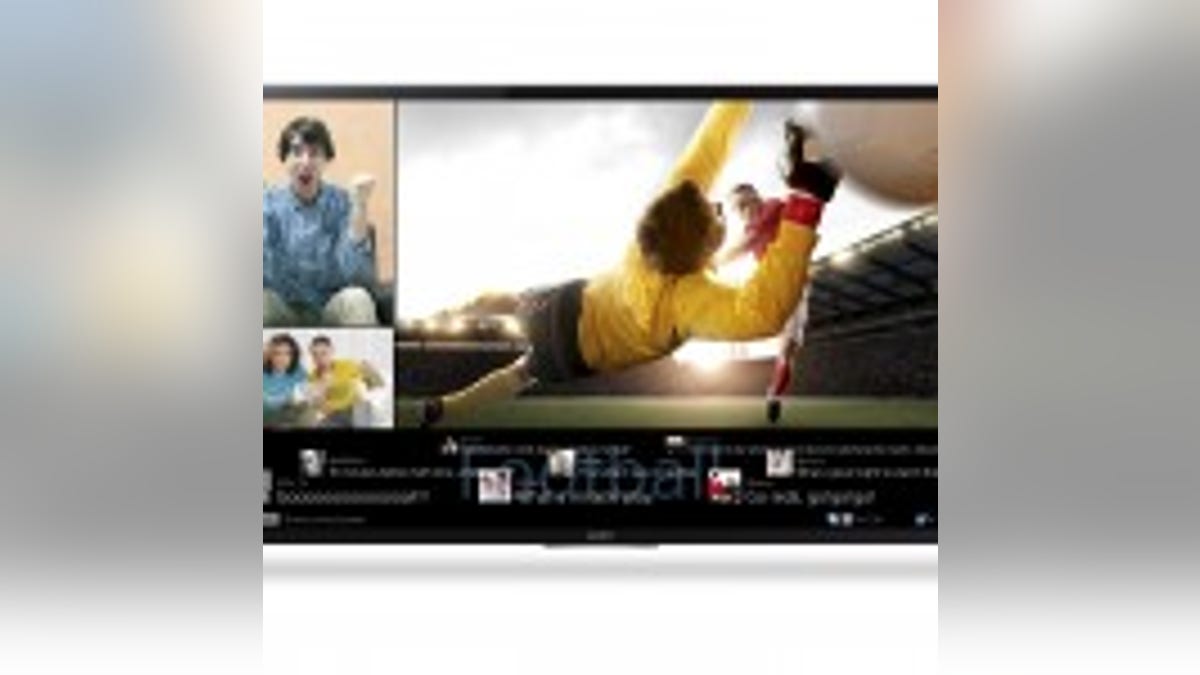
Sony XBR X950B Series 4K Ultra HD TV (Sony)
Along with flowers and allergy attacks, every spring brings with it a new crop of TVs. This year has been no exception, with Sony, LG, Samsung and Vizio trotting out their new models for the new year. But you may want to wait until next year to buy a TV.
It's not that this year's crop of TVs isn't impressive (it is). Ultra HD, also known as 4K, televisions are settling in as the new standard, delivering more picture detail by packing in more pixels (3,840 by 2,160 vs. HD's 1,920 x 1,080 pixels). There's still little video content available that's 4K, but all the top performing models are 4K compatible, so there's no reason to resist them. And while there's a paucity of video that takes full advantage of these sets, Ultra HD TVs also upscale standard HD fare, improving the overall picture. (Sony is a particular standout when it comes to excellent upscaling.)
No, 4K isn't the problem.
The fly in the decision ointment is a new video format that several manufacturers, studios, and broadcasters are working on. Known commonly as HDR, which stands for high dynamic range, the format is an attempt to update an outdated video standard that was developed in the pre-HD days for old tube sets. At that time, CRTs (Cathode Ray Tubes) could only display a small palette of colors and had limitations when it came to controlling different elements of the picture. Today's flat panels have the technology to display a wider array of colors (what's called an expanded color gamut) and even adjust the brightness of colors and pixels separately. Sets that are designed to do this usually have a special mode for boosting color and brightness, such as the 65-inch $6,000 Sony XBR-65X950B.
The problem is that there is no standard for HDR sets. Several companies, including Dolby, Panasonic, and Sony, have competing approaches to delivering HDR. Furthermore, they all look good, very good. Dolby's approach, which will be featured in Vizio's Dolby Vision sets later this year, gives television pictures a distinct punch; Sony's HDR in its new line of high-end sets delivers much richer, more vibrant colors.

Sony XBR X900B Series 4K Ultra HD TV (Sony)
Boasting a much better picture, HDR sets are definitely coming. So what should you do?
Must Buy
If your TV is broken or on its last legs and you need to buy a new model now, get an Ultra HD set that upscales well. I recommend the Sony XBR-65X950B at the high end or the more modestly priced $1,800 Vizio P-Series P652ui-B2. If you're being pestered to get a second set for the den or bedroom, buy a 4K set and put it in the living room; take your old TV and put it in the bedroom or den.
Do Not Buy
Curved sets, and you'll see plenty of them, are not recommended. Samsung and LG are both promoting these models, but the curved screens present more problems than they solve, and they do not provide any picture advantages. The curvature actually distorts the image, giving it a slightly concave appearance (many viewers adjust to it, however). It also limits the viewing angle for people sitting off to the side, and it can contribute to distracting reflections on the screen.
Wisest Move
While the 4K/Ultra HD format seems to be finally maturing, you should wait to purchase a new set. The forthcoming HDR specifications will result in a still better picture that movie lovers and sports fans will appreciate. It's probably at least a year away. In the meantime, you can enjoy the TV you've got and spend the money you save on a summer vacation.




















